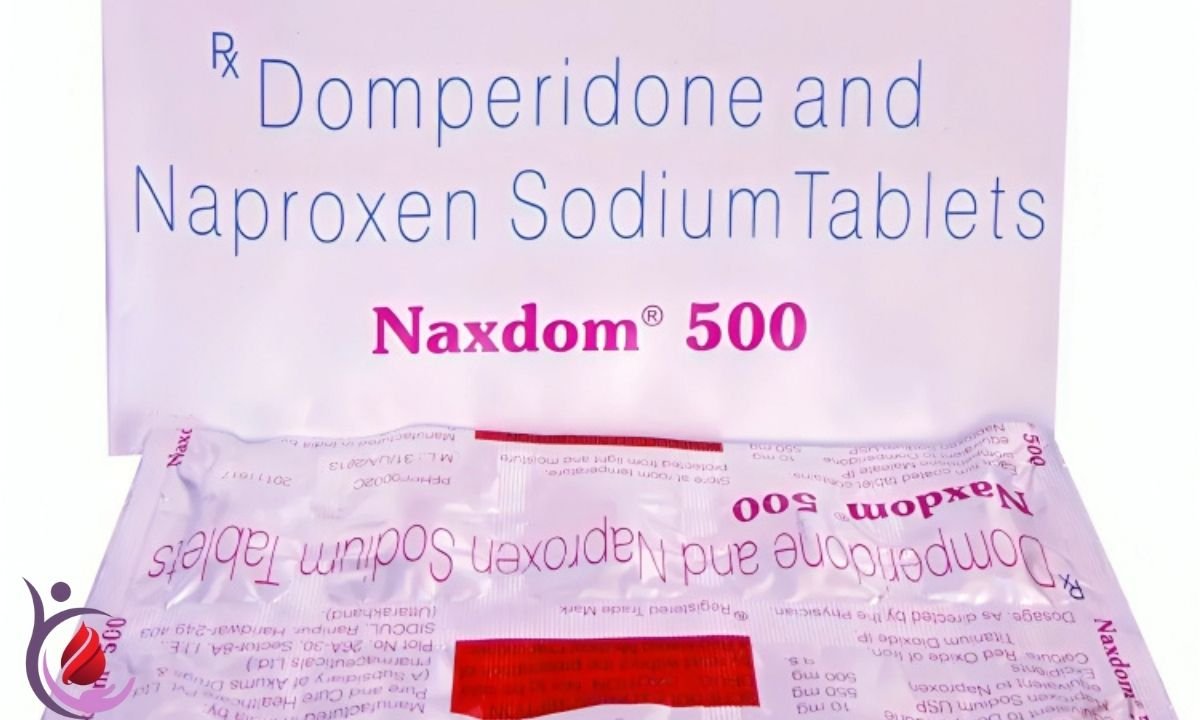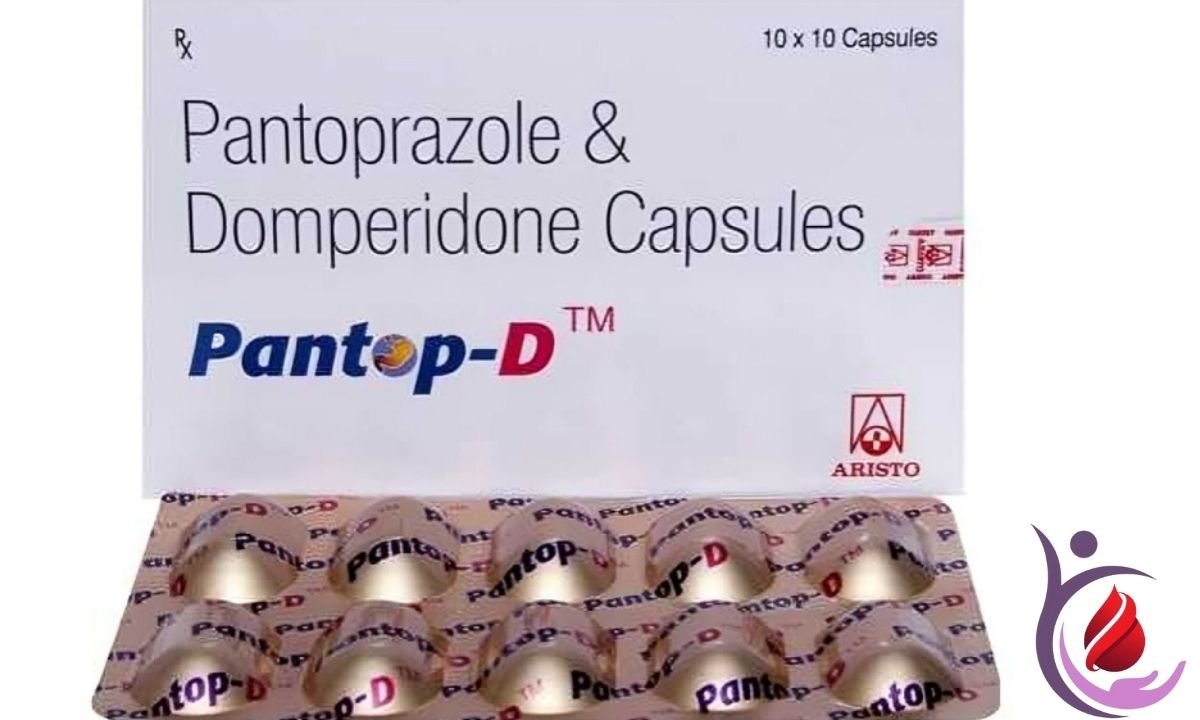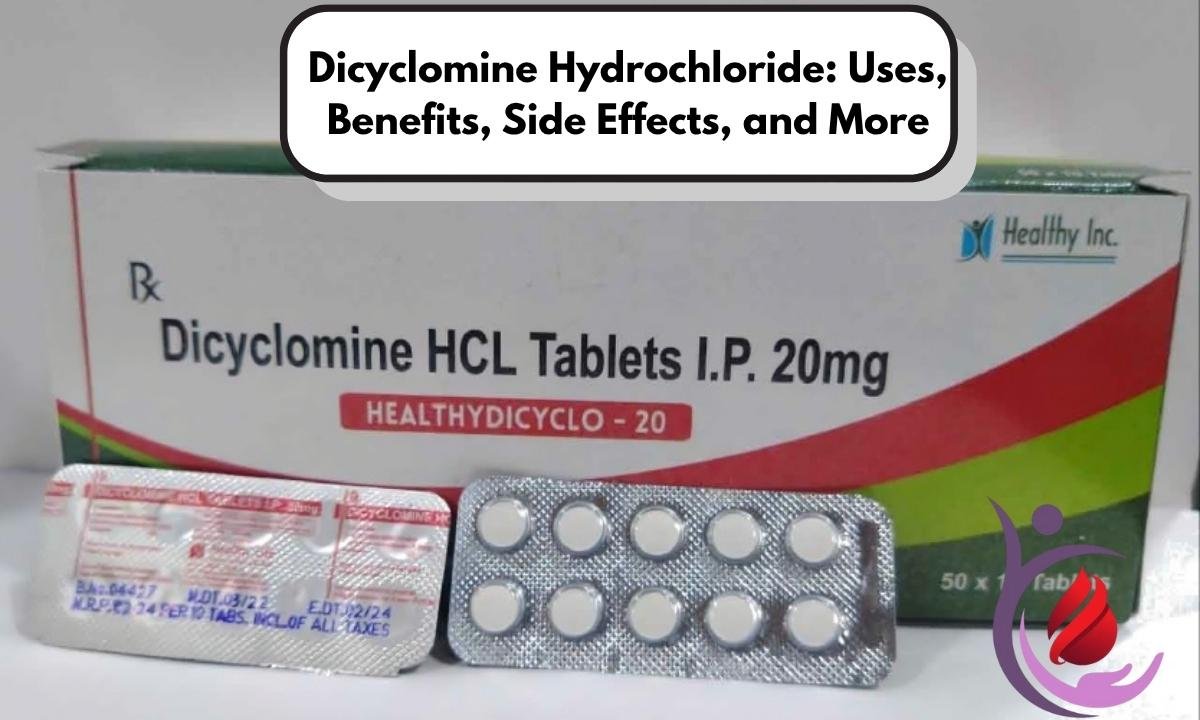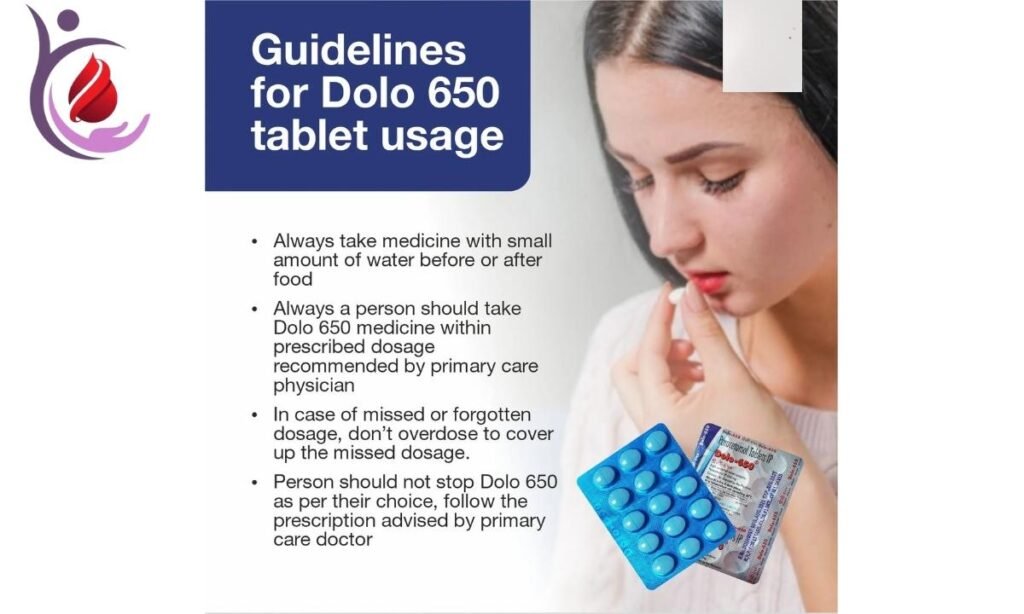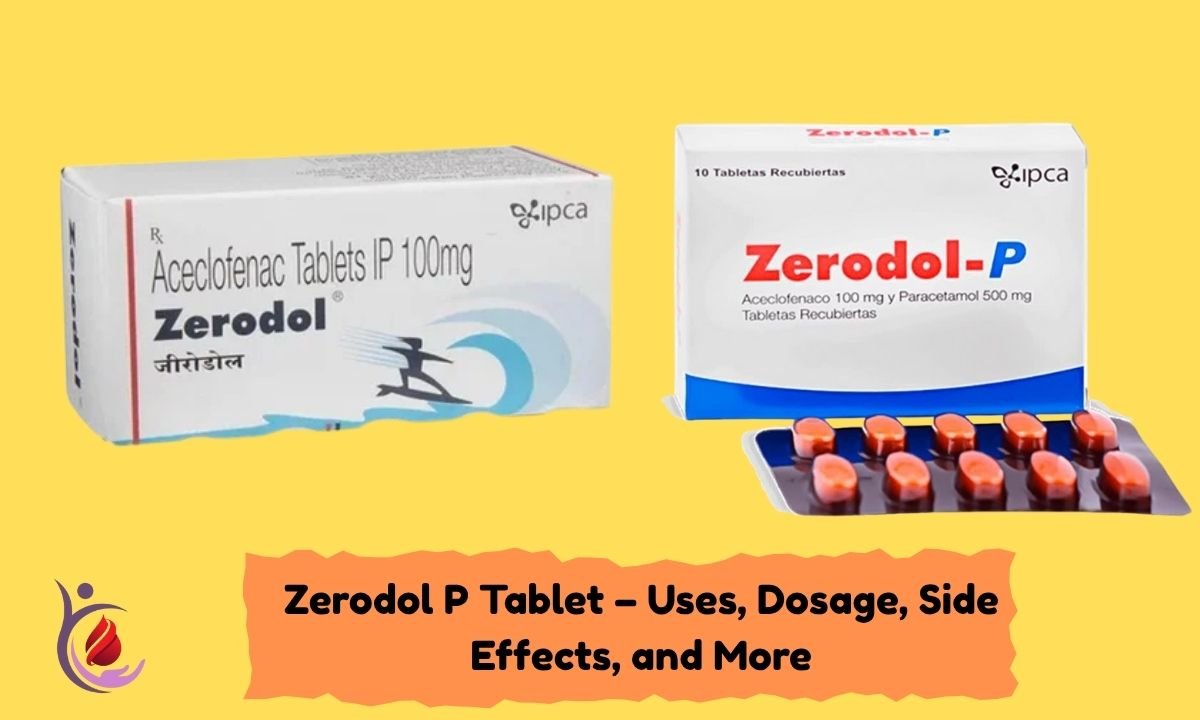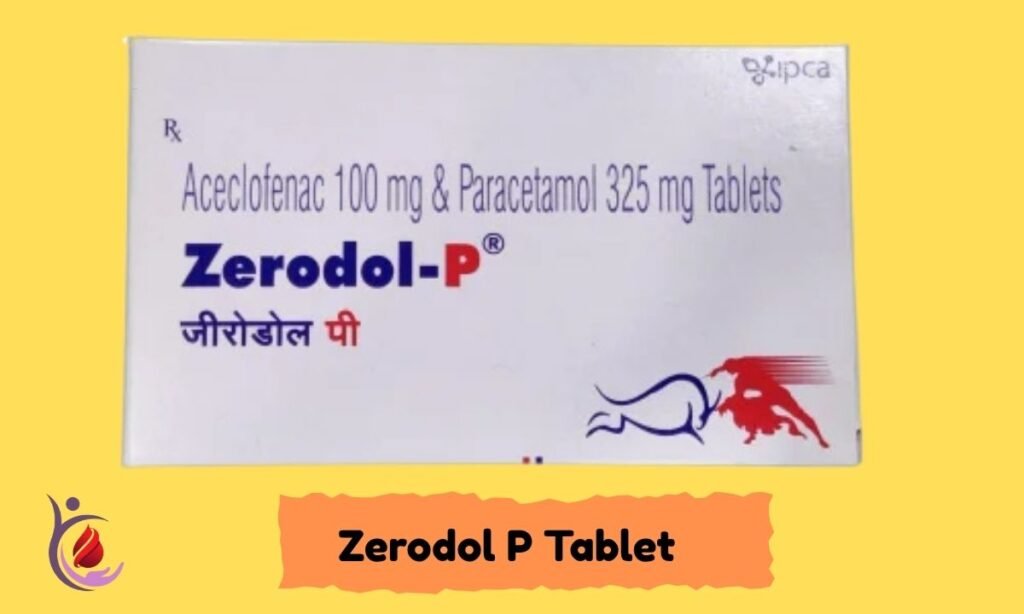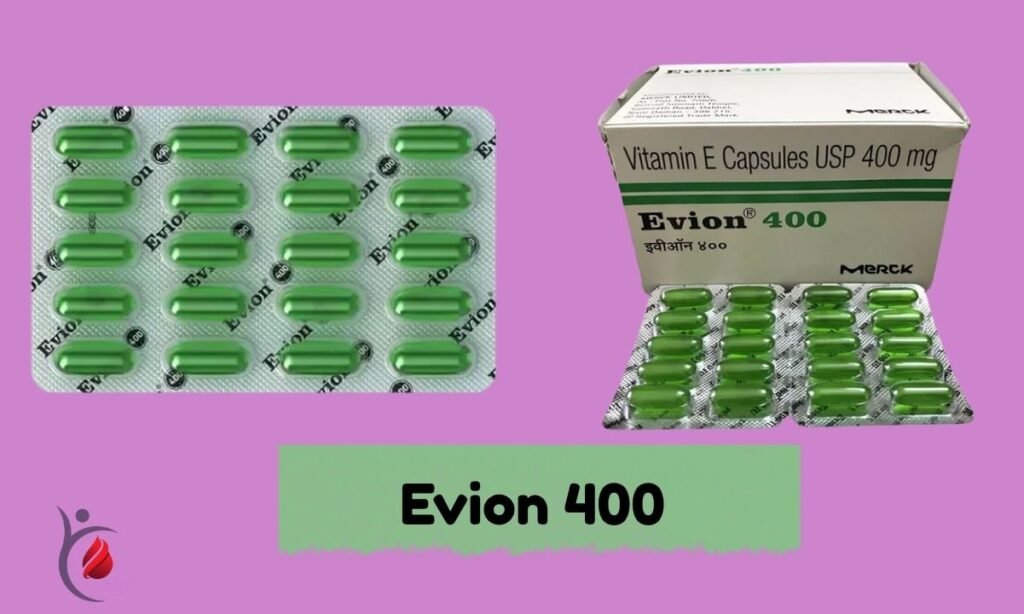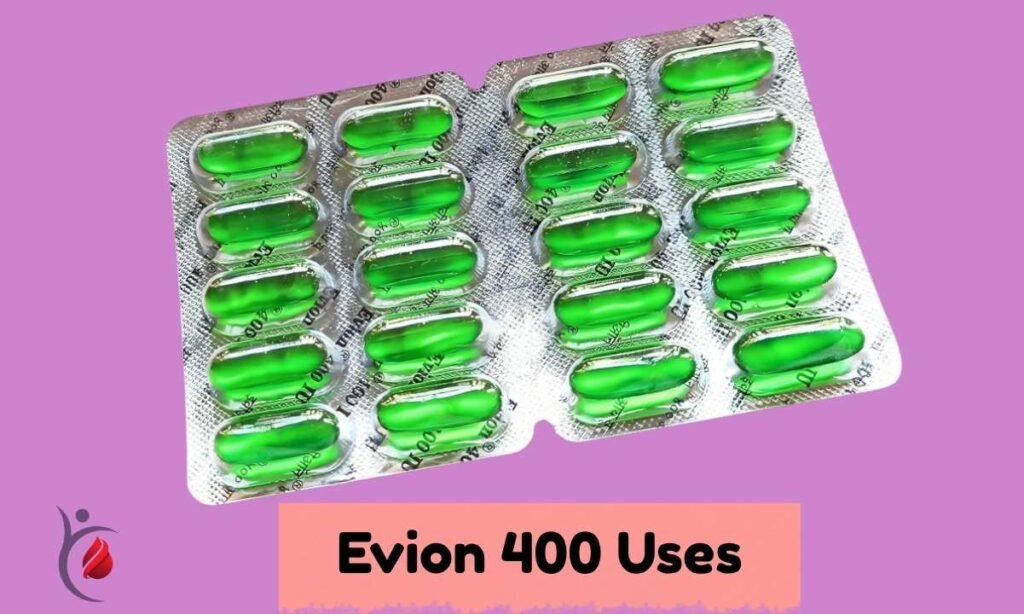Migraines and severe headaches can disrupt daily life, making it difficult to focus, work, or even rest. Naxdom 500 Tablet is a commonly prescribed medication that provides effective relief from migraine attacks and associated pain. In this article, we’ll explore what Naxdom 500 is, how it works, its benefits, possible side effects, and precautions you should know before taking it.
What Is Naxdom 500 Tablet?
Naxdom 500 is a combination medicine primarily used for the treatment of migraine headaches and certain types of severe pain. It contains two key ingredients:
- Naproxen (500 mg) – A nonsteroidal anti-inflammatory drug (NSAID) that reduces pain, swelling, and inflammation.
- Domperidone (10 mg) – A prokinetic and antiemetic medicine that prevents nausea and vomiting often associated with migraines.
This dual formulation targets both the pain of migraine and the stomach discomfort that can prevent patients from absorbing pain medication effectively.
Medical Uses of Naxdom 500 Tablet
1. Migraine Attacks
Migraines are severe, throbbing headaches often accompanied by nausea, vomiting, and sensitivity to light or sound. Naxdom 500 helps:
- Relieve headache pain
- Prevent nausea and vomiting
- Allow better absorption of the pain-relief component
2. Severe Headache or Vascular Headaches
Although primarily indicated for migraine, Naxdom can sometimes be prescribed for other types of vascular headaches with similar symptoms.
3. Pain and Inflammation
In rare cases, doctors may use Naxdom off-label for short-term pain or inflammatory conditions where nausea is a concern. However, its main use remains migraine management.
How Does Naxdom 500 Work?
- Naproxen (NSAID): Blocks enzymes (COX-1 and COX-2) involved in producing prostaglandins, which are responsible for pain and inflammation. This reduces the intensity of migraine pain.
- Domperidone (Antiemetic): Increases the movement of the stomach and intestines, preventing nausea and vomiting. It also ensures that naproxen is absorbed properly, so pain relief starts faster.
The synergistic action makes Naxdom 500 more effective than naproxen alone for migraine attacks.
How to Take Naxdom 500 Tablet
- Timing: Take Naxdom 500 at the first sign of migraine headache for best results.
- Dosage: Typically one tablet as soon as symptoms begin. A second dose may be taken after at least 4–6 hours if prescribed by a doctor.
- Do not exceed the recommended dose.
- Swallow whole with water – do not crush or chew.
- Take before meals or as directed by your doctor to reduce stomach irritation.
Side Effects of Naxdom 500 Table
Like all medicines, Naxdom 500 can cause side effects, though not everyone experiences them.
Common Side Effects
- Stomach pain or discomfort
- Nausea or indigestion
- Dry mouth
- Dizziness or drowsiness
- Headache (rare rebound effect)
Serious (Rare) Side Effects
- Allergic reactions (rash, itching, swelling)
- Severe stomach pain, black or tarry stools (signs of bleeding)
- Irregular heartbeat or chest pain (domperidone-related risk)
- Liver or kidney dysfunction with long-term use
If you notice severe or persistent symptoms, seek medical help immediately.
Precautions Before Using Naxdom 500 Tablet
- Heart Conditions: Domperidone may cause heart rhythm disturbances in sensitive patients.
- Stomach Problems: People with ulcers, bleeding, or chronic gastritis should use caution due to naproxen’s effect on the stomach lining.
- Liver or Kidney Impairment: Dose adjustments may be necessary.
- Pregnancy and Breastfeeding: Not recommended unless prescribed by a doctor.
- Drug Interactions:
- Avoid taking with other NSAIDs (ibuprofen, diclofenac) to prevent stomach irritation.
- Inform your doctor about blood thinners, antidepressants, or antifungal medications that may interact.
Who Should Avoid Naxdom 500?
- People allergic to naproxen, domperidone, or other NSAIDs
- Patients with severe heart conditions or arrhythmias
- Those with gastric or intestinal bleeding
- Children under 12 years unless specifically prescribed
- People taking strong medications that prolong QT interval (risk of heart rhythm issues)
Lifestyle Tips to Prevent Migraines
While Naxdom 500 provides effective symptomatic relief, lifestyle modifications help reduce migraine frequency:
- Maintain a regular sleep schedule
- Stay hydrated – dehydration is a known trigger
- Avoid trigger foods like caffeine, alcohol, chocolate, or aged cheese
- Manage stress with relaxation techniques or meditation
- Eat balanced meals without skipping breakfast or lunch
- Exercise regularly, but avoid sudden intense exertion
Naxdom 500 vs. Other Migraine Medications
- Paracetamol or NSAIDs alone – May not control nausea, limiting absorption.
- Triptans – Used for severe migraines but act differently, directly targeting migraine pathways.
- Naxdom 500 – Combines pain relief (naproxen) with anti-nausea (domperidone) in one convenient tablet, particularly useful when vomiting prevents absorption of other medicines.
Key Takeaways
- Naxdom 500 is a combination of naproxen and domperidone used to treat migraine headaches.
- It works best when taken at the earliest sign of migraine, preventing both pain and nausea.
- Common side effects include stomach discomfort and dizziness, while rare risks include gastrointestinal bleeding and heart rhythm changes.
- Always use under medical supervision and avoid exceeding the recommended dose.
- Lifestyle changes complement medication, reducing the frequency of migraine attacks.
Final Word
Migraines are not just headaches—they are a disabling neurological condition. Naxdom 500 Tablet offers quick and effective relief by targeting both pain and associated nausea in one dose. However, it is not a preventive medicine and should be taken only when prescribed by a healthcare professional. By combining appropriate treatment with healthy lifestyle practices, migraine sufferers can lead a more comfortable, productive life.
Also Read About –

